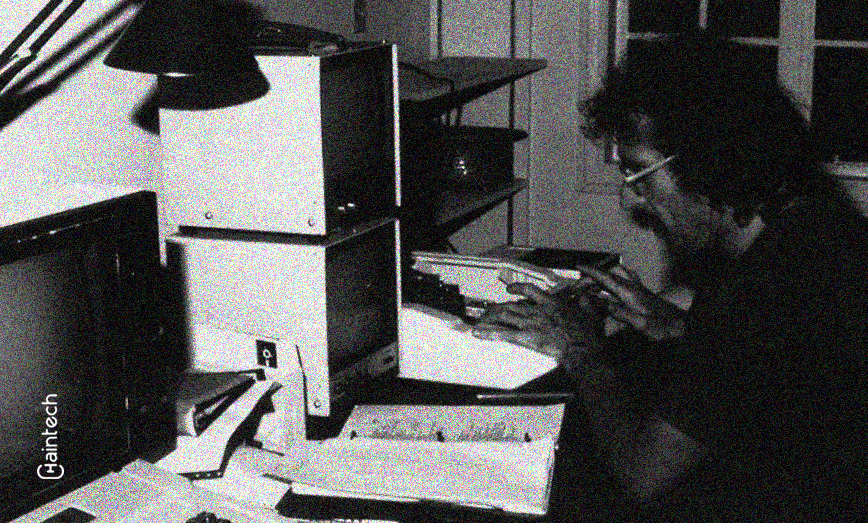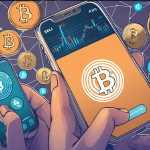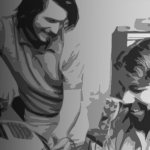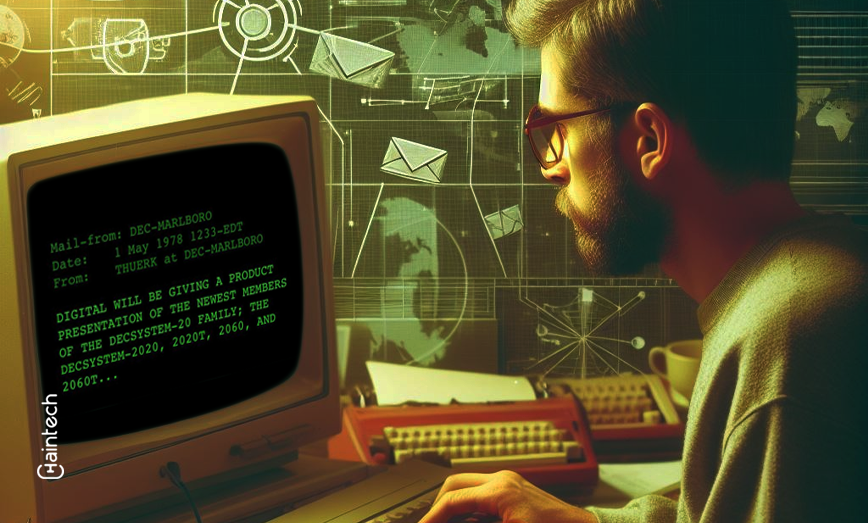Year 1971: John Draper- The Hacker Who Used Whistles For His Deeds

Introduction
Step into the time machine, back to 1971, an era where breakfast cereals held not just morning sustenance but the keys to an undiscovered world of phone phreaking. In this whimsical landscape, a maverick named John Draper, famously known as Cap’n Crunch, stumbled upon a discovery that would unravel the secrets of AT&T’s telephone system. This is not just a story about cereal; it’s a tale of magic whistles, blue boxes, and a symphony of chaos that forever changed the tune of telecommunications. Join us on this journey as we unravel the captivating story of how a cereal box whistle became the unexpected maestro of the phone phreaking orchestra.
John Draper was part of the Air Force, serving as a radar technician. During his service, he developed a fascination with electronic communication. While deployed to a remote base in Maine, he observed that only one telephone was available for the soldiers. Taking matters into his own hands, he delved into the intricacies of Ma Bell’s technology, studying access codes and trunk lines. His efforts bore fruit when he successfully devised a method to make free calls through the local switchboard.
The Magic Whistle
One fine day, Draper discovered from a fellow phreaker that the toy boatswain’s whistle, included in late 1960s Cap’n Crunch cereal boxes, could produce a perfect 2600Hz tone. 2600 hertz tone was the same frequency used by the American Telephone and Telegraph Company’s (AT&T) long lines to signal an available trunk line. Once a call had been initiated, the vulnerability allowed the manipulation of the phone system by keeping one end of the trunk line open and entering an operator mode, thus bypassing the usual billing mechanisms. Draper used this knowledge to initiate “blue boxing,” manipulating the phone system and gaining operator-like control for free long-distance calls.
Developing Blue Boxes
John Draper collaborated with his close friend Steve Wozniak, co-founder of Apple, to exploit this technological loophole by developing Blue Boxes. A Blue Box was a device that produced specific tones capable of manipulating the intricate phone lines of AT&T. The Blue Boxes allowed users to make free, unauthorized, long-distance calls.
Initially, Blue Boxes were used within a small community of phone phreaks. However, as the technology spread, it fell into the hands of less experienced individuals, referred to as “newbies.”
The proliferation of Blue Boxing gave rise to other variants such as Black Boxing and Beige Boxing, contributing to a surge in phone-related trickery gadgets. Unfortunately, this expansion resulted in the misuse of the technology, as some individuals began using it to disrupt businesses, harass government offices, and engage in various forms of mischief.
Concerned about the escalating misuse, the FBI decided to target the perceived leader of the phreaking movement, John Draper. In 1974, Draper was arrested and subsequently convicted of wire fraud, as authorities sought to set an example and deter others from engaging in similar illicit activities.
The Aftermath
The repercussions of this malice were both financial and legal. AT&T faced the music with substantial losses from unauthorized calls, and Cap’n Crunch found himself in a legal duet. The stage was set for a showdown between the whimsical cereal box whistle and the mighty Ma Bell.
In the aftermath, the telecom world underwent a grand transformation. The introduction of Signalling System No. 7 after 1980 pulled the plug on in-band signaling vulnerabilities, making the blue box melody obsolete. Security measures tightened around call-routing switches, transforming the once chaotic symphony into a more secure and reliable network.
Lessons Learned
The Cap’n Crunch whistle incident wasn’t just a quirky chapter in phone phreaking; it was a wake-up call for the telecom industry. Draper’s whimsical journey and the legal crescendo that followed highlighted the need for robust security in our communication networks. The tale of a cereal box whistle became a catalyst for change, pushing the telecom world to adopt more secure methods like SS7.









